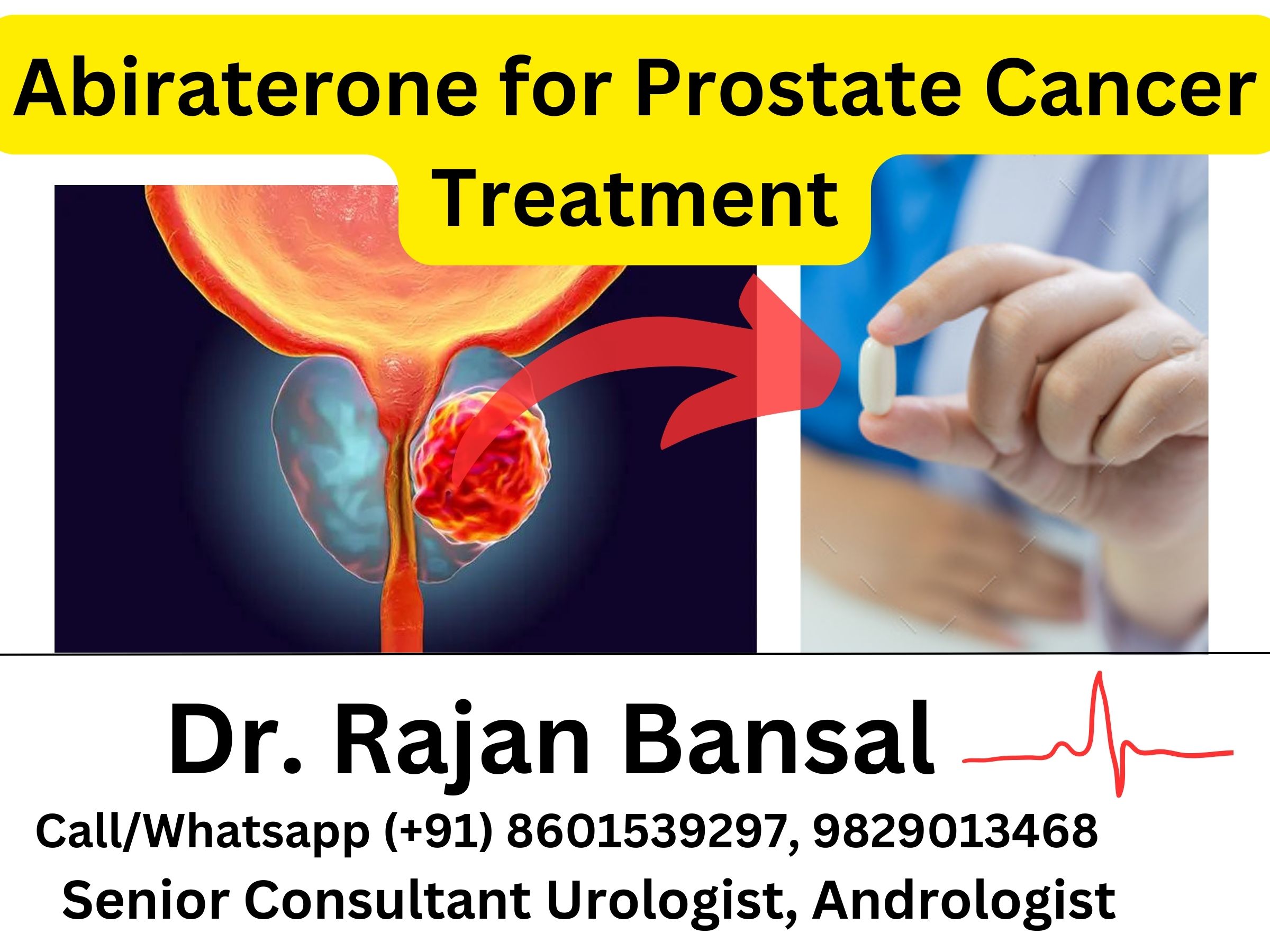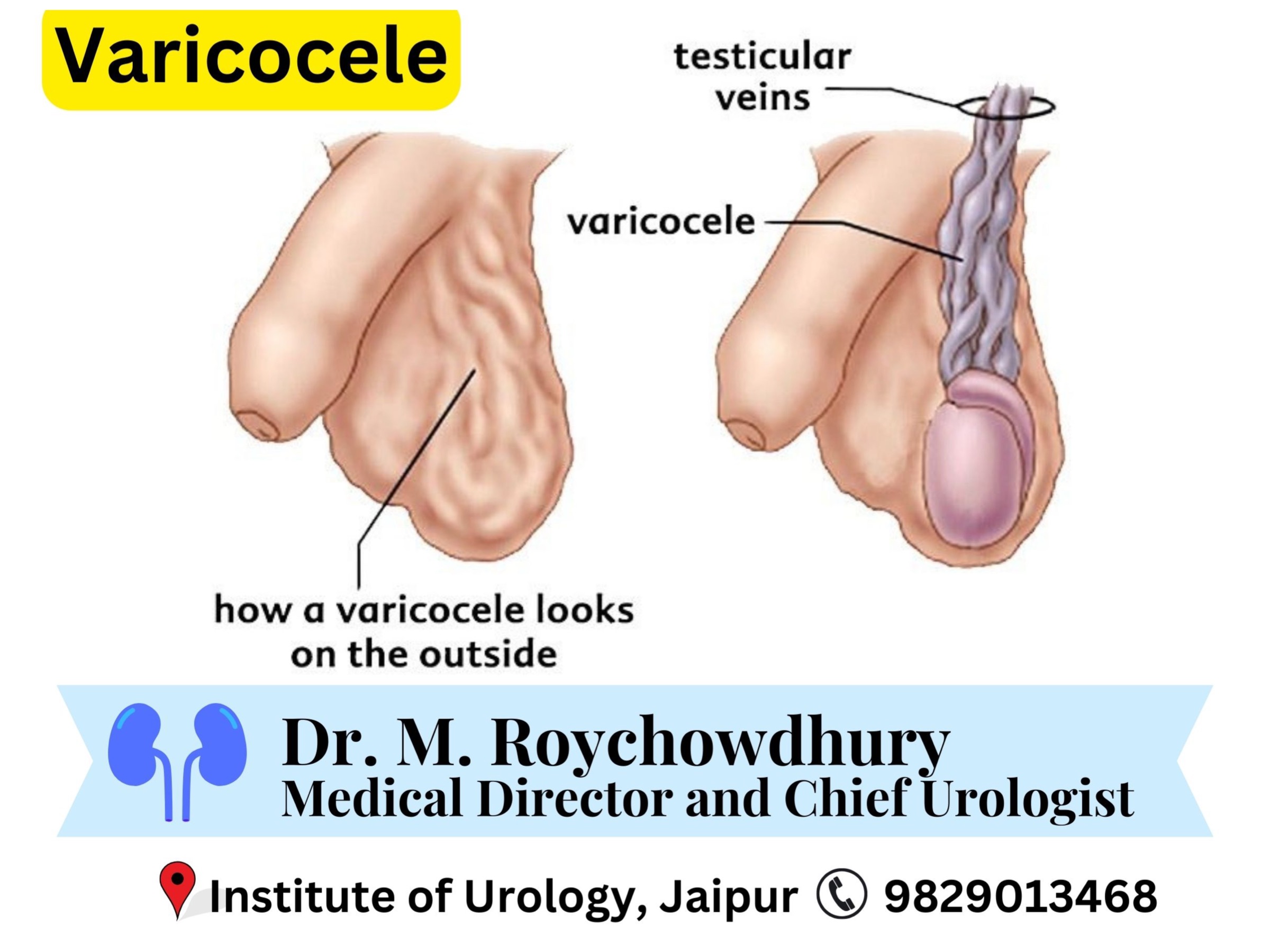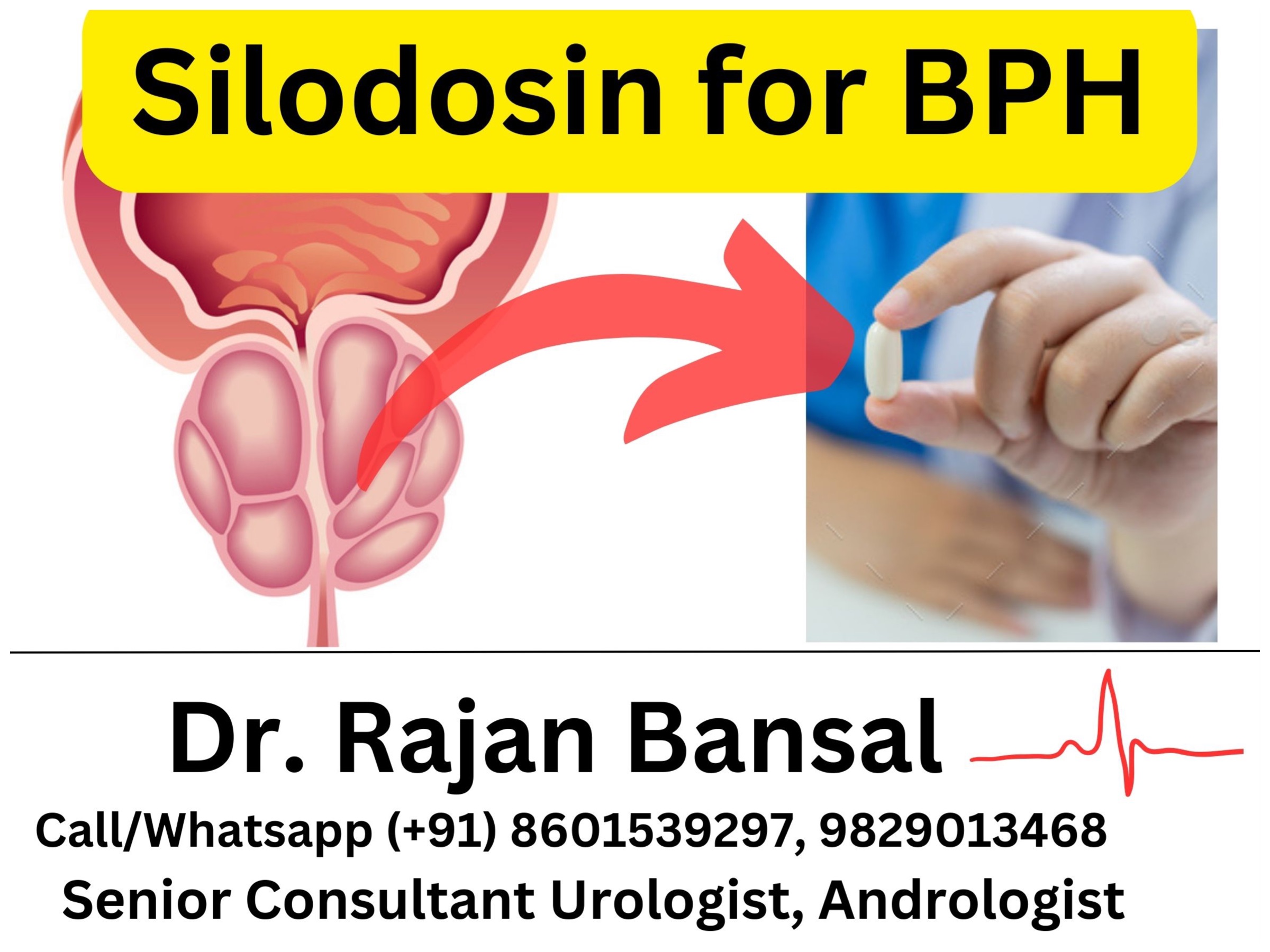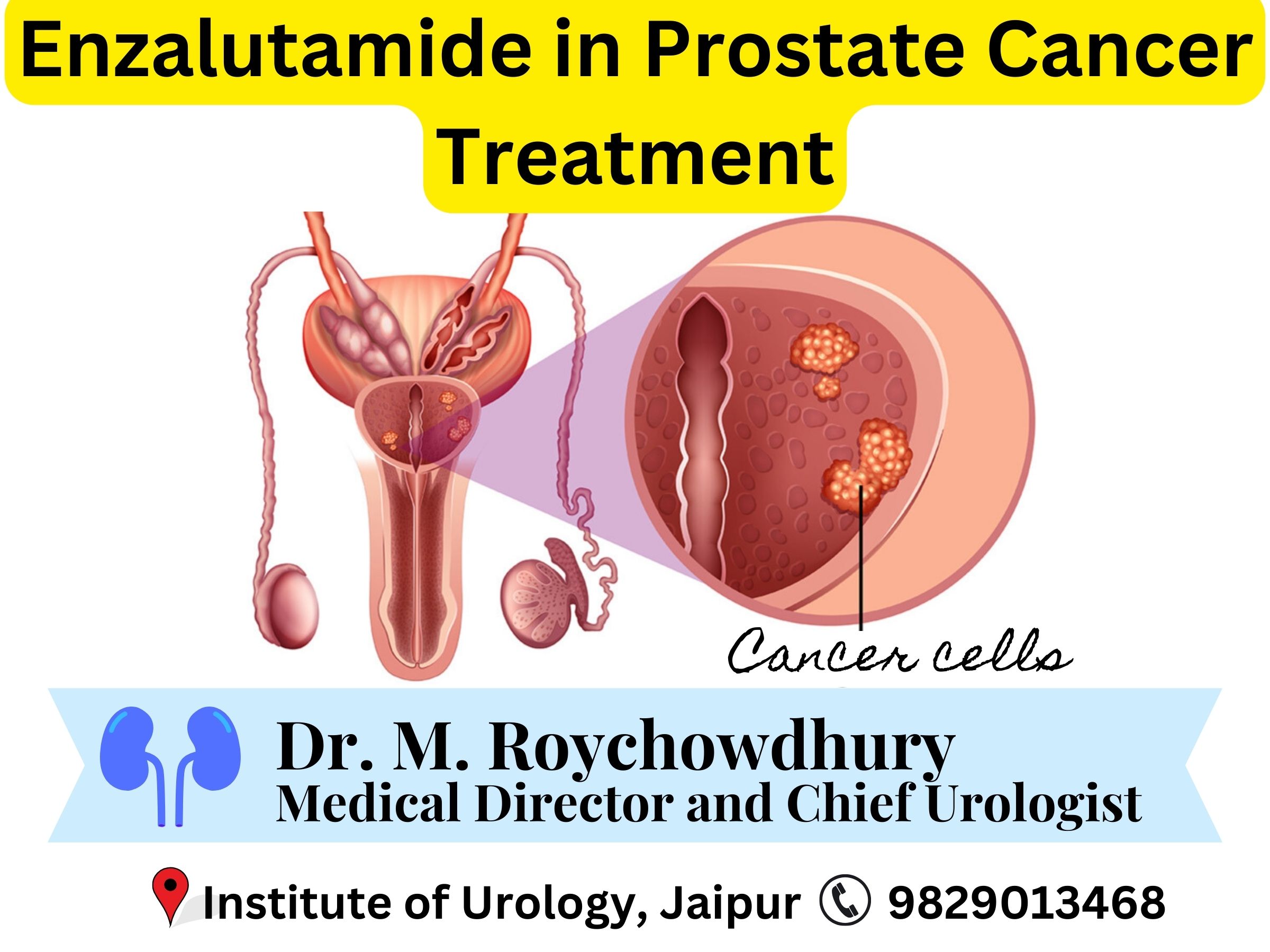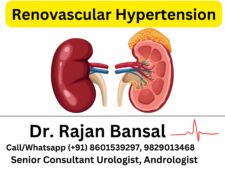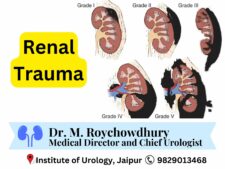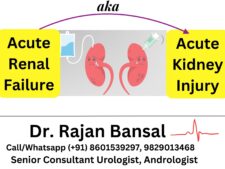Early Stage Prostate Cancer – Everything you need to know: Prostate is a very common cancer in men over the age of 55. But the good news is, it is often detected early and hence, the treatment has very good prognosis in most of the cases. Today we will talk about Early stage Prostate Cancer, which is exactly what I am referring to when I say that most cases of prostate cancers are detected early.
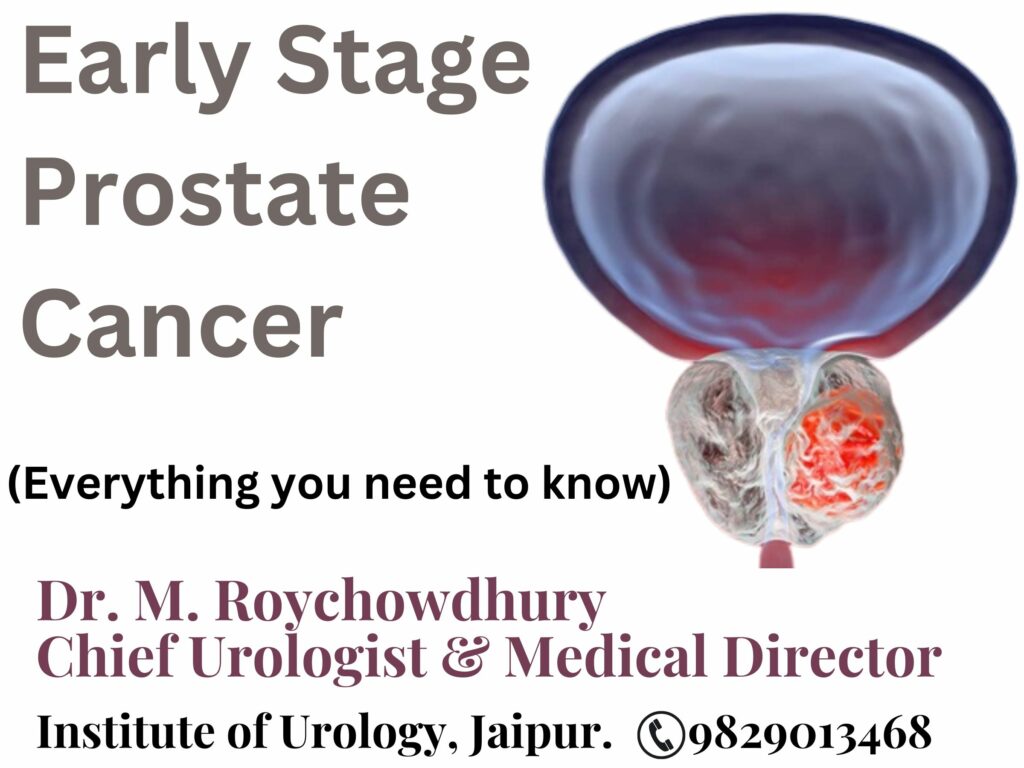
What is Early Stage Prostate Cancer?
In very simple words, Early Stage Prostate Cancer means when the cancer has not spread outside the prostate gland itself. It may be tiny or slowly growing but in this stage, the cancer is highly treatable and the rate of survival is close to 100% provided the patient receives good treatment and follows up regularly as per the urologist’s advise.
We have already covered the following topics in our previous posts. Please click on
the topic to learn more about it in detail:
- Causes & Risk Factors for Prostate Cancer
- Screening for Prostate Cancer
- Prostate Biopsy – A complete guide
How is the Treatment plan for Early Stage Prostate Cancer decided?
In order to decide the best treatment plan for you, we take into consideration the
following factors.
- The Stage of the cancer (TNM staging), this determines how far the cancer has
spread. - Grade of the cancer (Gleason score) determines the risk category of the cancer – It
could be low, intermediate or high risk cancer. - Any co-existing health issues, your age.
- Treatment goals as would be discussed with you before the commencement of the
treatment. - All the results from the diagnostic tests performed.
Depending on all of the above mentioned factors, the urologist will offer the best modality of treatment for you. As in this article we are specifically talking about early stage prostate cancer, we will discuss about the methods that are used for treatment of Early stage Prostate Cancers only.
So once the diagnosis is established, you will always be told about the treatment options first. I always like to discuss the treatment options with my patients before starting anything. Here are the treatment options that are best suitable for Early Stage Prostate Cancer –
Radical Prostatectomy
In radical prostatectomy, we remove the whole prostate gland along with seminal vesicle and nearby tissues. Often we also remove the lymph node that drains the lymph from the prostate. These days, we have the following options for doing radical prostatectomy
1. Laparoscopic Radical Prostatectomy – Here, there is no large incision made on the body. There are only 4 to 5 small sub-centrimetric cuts made so that laparoscopic tools and camera can enter the body and help the urologist to perform the intricate
surgery. The prostate resection is done through those small cuts and hence, the patient’s recovery time is shorter.
2. Robotic Assisted Laparoscopic Radical Prostatectomy – The is very similar to the procedure I spoke about above, the laparoscopic surgery. In robotic assisted surgery, we have some automated machines which help us perform the surgery with more precision when needed. Robotic surgery is gaining increased popularity in the coming time.
3. Open Radical Prostatectomy – This is the classic way of performing the prostate removal surgery. Here, we make a cut in the lower abdomen and do the surgery. There are two ways in which open surgery can be done. One is Retropubic approach where the cut is made in the lower abdomen area similar to a C- section. Second is perineal approach where the cut is made on the skin between the anus and scrotum.
After the surgery, the parts that were removed, are send for pathology. The urologist will review the new pathology report, and the final gleason score is reviewed.
As with all the surgeries, there are a few disadvantages of prostatectomy surgery. There is a risk of bleeding, infection as well as pain for a little while. However, the side effects which worry most patients include Erectile Dysfunction and Urinary Incontinence.
While most men regain bladder control within a few weeks on their own, erectile dysfunction may need further help with the urologist. With proper guidance, all the side effects can be overcome.
Radiation Therapy
Sometimes, patients may chose to get radiotherapy instead of surgery. In this, high energy rays are used to kill the cancer cells. Radiation therapy is done by radiotherapist under direct guidance from the urologist. Radiation therapy can be done in two different ways.
1. External Beam Radiation Therapy (EBRT) – Here, a targeted photon beam known as x ray is given on the prostate from outside. This is done on a pre-decided schedule basis. For example, usually it is given as daily doses over several weeks. The exposure of normal organs to these radiations are minimised through modern techniques.
2. Brachytherapy (Internal Radiation Therapy) – Here, a radioactive material is placed inside the prostate itself with the help of a needle or tube. This material continuously emits radiation, and helps kill the cancer cells. This brachytherapy can be done in low doses in low risk patients or it could be done in high doses in intermediate to high risk patients.
Speaking of the Side Effects of Radiation Therapy, some common side effects include – urinary incontinence, bowel troubles (like diarrhoea, blood in stools etc) as well as Erectile Dysfunction. Usually, urinary problems and bowel problems tend to get better with little help over a period of a few months. However, with erectile dysfunction, further help from the treating urologist may be required.
Androgen Deprivation Therapy (ADT)
This is hormonal therapy. It is usually combined with radiation therapy because it shows better results when used as combination therapy. Here, ADT helps remove testosterone from the body. When testosterone is reduced to a very low level, the cancer cells slow down as well. Hence, alongwith radiation therapy, this shows better
results.
However, the loss of testosterone from the body itself starts manifesting as side effects like Loss of Libido, Erectile Dysfunction, Hot flashes, Mood Swings etc. Once, ADT is stopped and the levels of testosterone are restored after completion of cancer treatment, most of the side effects get reversed on their own.
Active Surveillance
We rarely do this in our hospital because usually it is very risky because we want to treat and make sure the cancer never causes trouble. But with the scope of the subject, I have to talk about this. When the prostate tumour is very small and slow growing, then urologists will call the patient for frequent visits and check for parameters like PSA, biopsy as well as ultrasound/MRI to check and review the cancer. This is done for patients who do not want to go for surgery or radiation therapy.
The idea behind active surveillance is to avoid all the side effects for as long as possible. It is the opposite of definitive therapy and calls for frequent hospital visits.
Early Stage Prostate Cancer Treatment at Institute of Urology, Jaipur
At Institute of Urology, Jaipur, our aim is to provide faster relief avoiding as much as side effects as possible. We have a hospital brimming with modern infrastructure and facilities so that patient’s are given all the help under one roof without having to go to other places. Our focus is to make the diagnosis as soon as possible and direct the patients to the best possible treatment options.
Remember, we have written articles about Screening for Prostate Cancer as well as Causes and Risk Factors for Prostate Cancer as well. Please go through them if it meets your interest. You can always call me for any queries related to your problems at (0091) 9829013468 (Dr. M. Roychowdhury) or you can book an appointment at the hospital for a more personalised consultation at (0091) 98290 13468. You can also comment below for
any questions.

